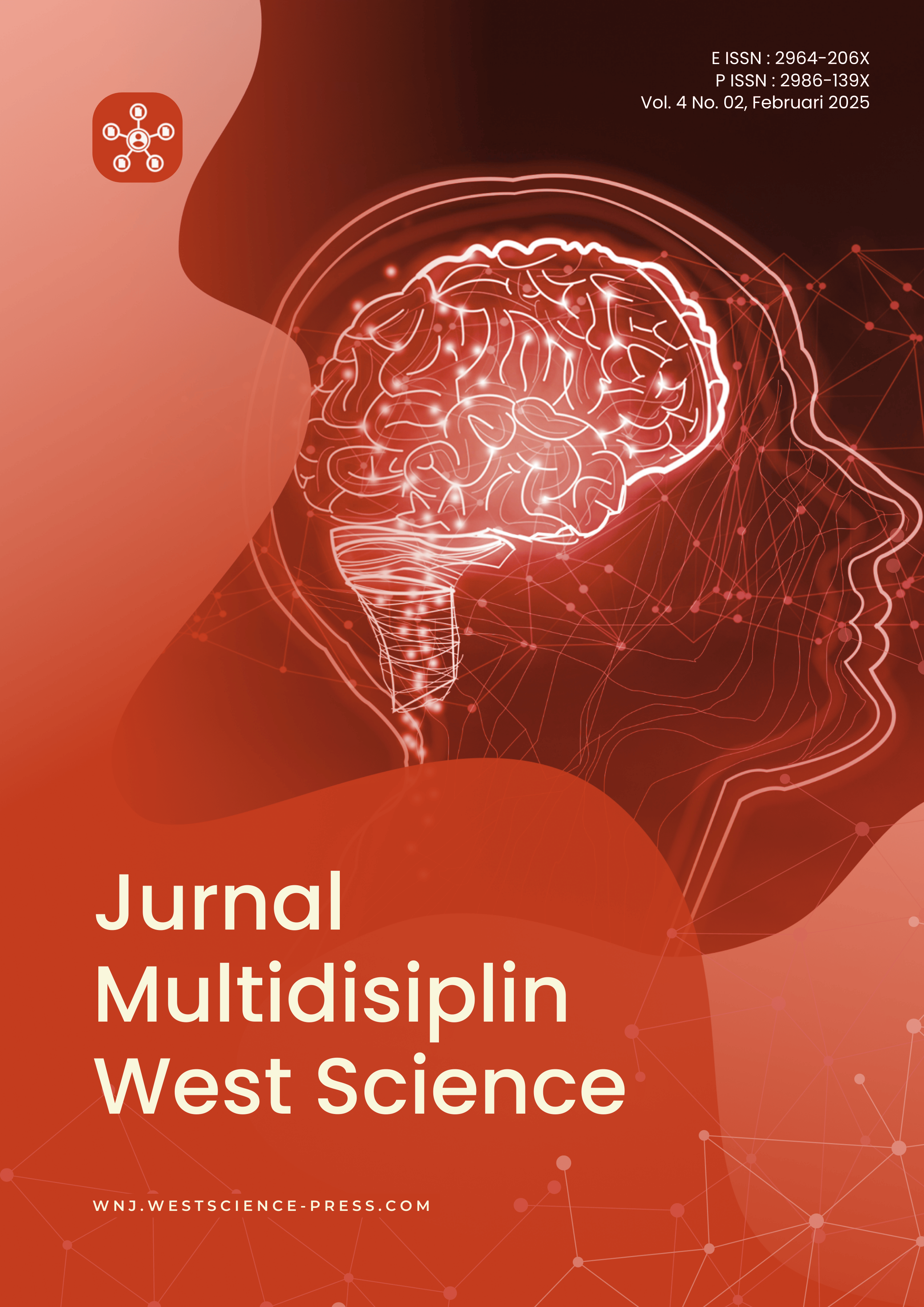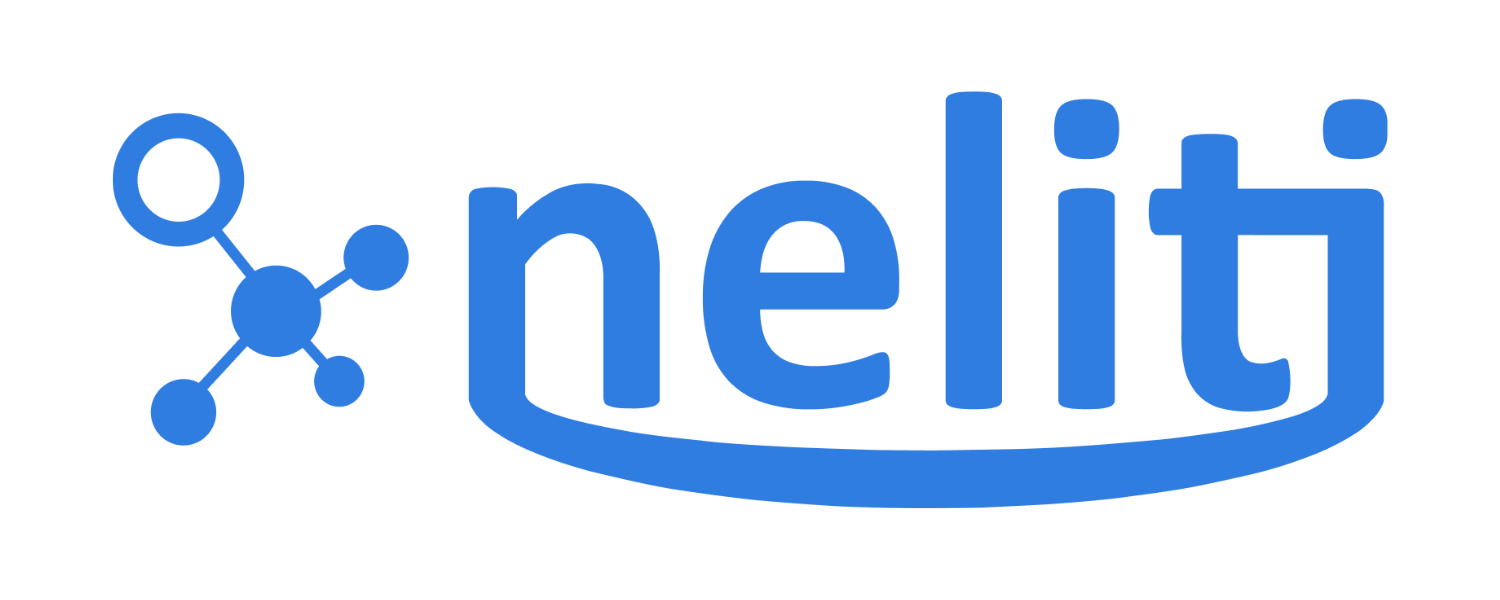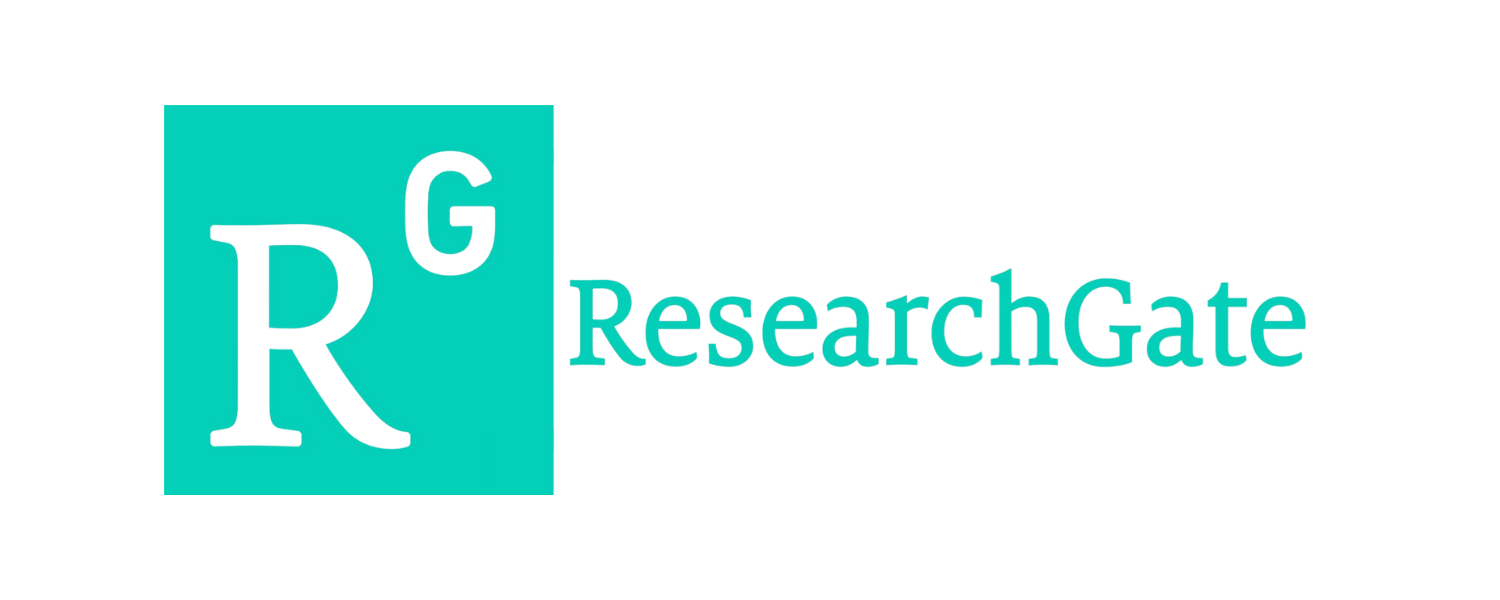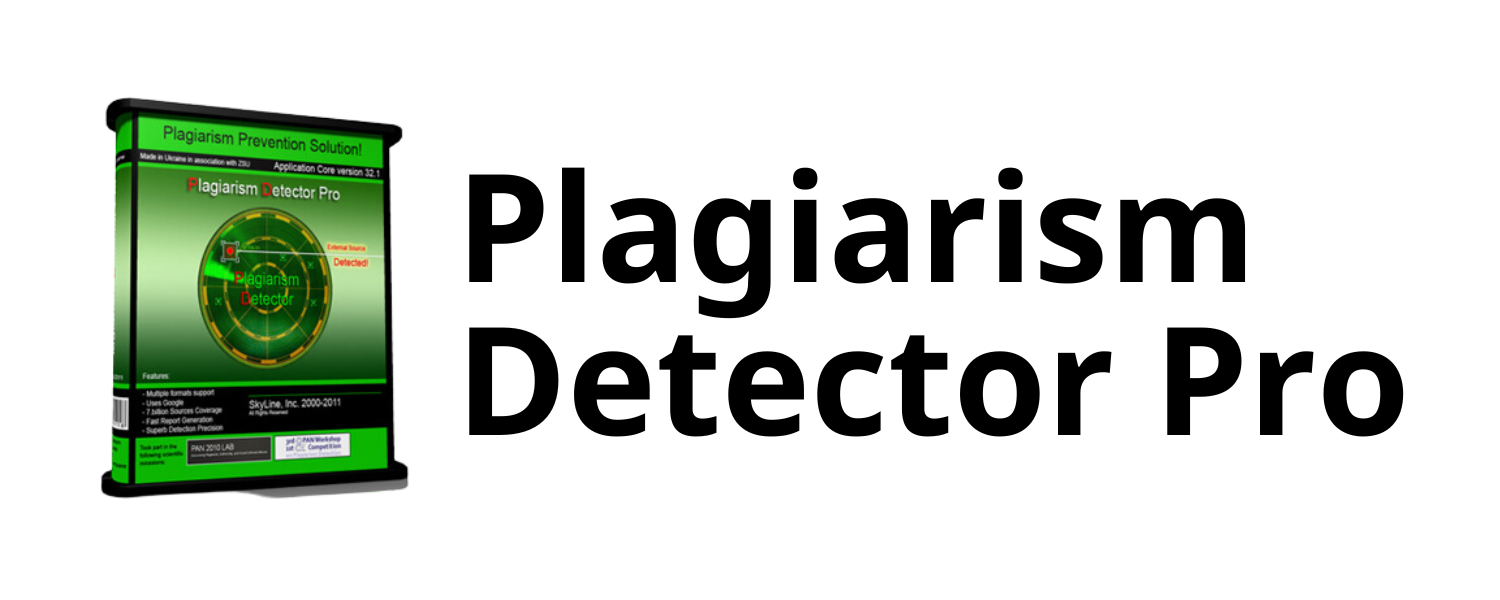Peran Mikroorganisme Simbion dalam Meningkatkan Toleransi Terumbu Karang terhadap Kenaikan Suhu (Studi Literatur)
DOI:
https://doi.org/10.58812/jmws.v4i02.2056Kata Kunci:
Pemanasan Laut, Pemutihan Karang, Mikroorganisme Simbion, Konservasi Berbasis Mikrobioma, Perubahan IklimAbstrak
Pemanasan laut akibat perubahan iklim telah menjadi ancaman serius bagi kelangsungan terumbu karang di seluruh dunia. Salah satu dampak utama dari pemanasan laut adalah pemutihan karang yang terjadi akibat gangguan dalam hubungan mutualisme antara karang dan Symbiodinium. Studi literatur menunjukkan bahwa peningkatan suhu laut tidak hanya menyebabkan pemutihan tetapi juga mempercepat pertumbuhan alga oportunistik serta meningkatkan risiko penyakit karang, yang pada akhirnya mempercepat degradasi ekosistem terumbu karang. Namun, penelitian terbaru mengungkapkan bahwa mikroorganisme simbion, termasuk Symbiodinium, bakteri, dan archaea, berperan penting dalam meningkatkan ketahanan karang terhadap stres termal. Beberapa strategi konservasi berbasis mikrobioma, seperti inokulasi mikroba tahan panas dan rekayasa komunitas mikrobioma, telah dikembangkan untuk meningkatkan ketahanan karang terhadap perubahan iklim. Selain itu, strategi mitigasi berbasis ekosistem dan pengurangan emisi gas rumah kaca juga menjadi langkah penting dalam menjaga kelestarian terumbu karang di masa depan.
Referensi
Anthony, K. R. N., Marshall, P. A., Abdulla, A., Beeden, R., Bergh, C., Black, R., Eakin, C. M., Game, E. T., Gooch, M., Graham, N. A. J., Green, A., Heron, S. F., van Hooidonk, R., Knowland, C., Mangubhai, S., Marshall, N., Maynard, J. A., McGinnity, P., McLeod, E., … Wear, S. (2015). Operationalizing resilience for adaptive coral reef management under global environmental change. Global Change Biology, 21(1), 48–61. https://doi.org/10.1111/gcb.12700
Asih, E. N. N., & Kartika, A. G. D. (2021). Potensi dan Karakteristik Bakteri Simbion Karang Lunak Sinularia sp. Sebagai Anti Bakteri Escherichia coli dari Perairan Pulau Gili Labak Madura Indonesia. Universitas Diponegoro, 10(3), 355–362. https://doi.org/10.14710/jmr.v10i3.30689
Baums, I. B., Baker, A. C., Davies, S. W., Grottoli, A. G., Kenkel, C. D., Kitchen, S. A., Kuffner, I. B., LaJeunesse, T. C., Matz, M. V., Miller, M. W., Parkinson, J. E., & Shantz, A. A. (2019). Considerations for maximizing the adaptive potential of restored coral populations in the western Atlantic. Ecological Applications, 29(8), e01978. https://doi.org/10.1002/eap.1978
Bourne, D. G., Morrow, K. M., & Webster, N. S. (2016). Insights into the Coral Microbiome: Underpinning the Health and Resilience of Reef Ecosystems. Annual Review of Microbiology, 70, 317–340. https://doi.org/10.1146/annurev-micro-102215-095440
Grottoli, A. G., Toonen, R. J., van Woesik, R., Vega Thurber, R., Warner, M. E., McLachlan, R. H., Price, J. T., Bahr, K. D., Baums, I. B., Castillo, K. D., Coffroth, M. A., Cunning, R., Dobson, K. L., Donahue, M. J., Hench, J. L., Iglesias-Prieto, R., Kemp, D. W., Kenkel, C. D., Kline, D. I., … Wu, H. C. (2021). Increasing comparability among coral bleaching experiments. Ecological Applications, 31(4), e02262. https://doi.org/10.1002/eap.2262
Hoegh-Guldberg, O., Poloczanska, E. S., Skirving, W., & Dove, S. (2017). Coral Reef Ecosystems under Climate Change and Ocean Acidification. Frontiers in Marine Science, 4. https://doi.org/10.3389/fmars.2017.00158
HS, S. M. (2024). Kenaikan Suhu Laut dan Kerusakan Karang: Analisis Dampak Jangka Panjang Terhadap Ekosistem Terumbu Karang. West Science Press, 3(8), 1195–1203. https://doi.org/10.58812/jmws.v3i08.1569
Hs, S. M., Dharma, S., & Zainuddin, M. (2024). Utilizing Sediment Microbial Fuel Cells (SMFCs) for Bioremediation in Coral Transplantation at Samalona Island. ARRUS Journal of Engineering and Technology, 4(2), 165–175. https://doi.org/10.35877/jetech3147
Hughes, T. P., Barnes, M. L., Bellwood, D. R., Cinner, J. E., Cumming, G. S., Jackson, J. B. C., Kleypas, J., van de Leemput, I. A., Lough, J. M., Morrison, T. H., Palumbi, S. R., van Nes, E. H., & Scheffer, M. (2017). Coral reefs in the Anthropocene. Nature, 546(1), 82–89. https://doi.org/10.1038/nature22901
Masson-Delmotte, V., Zhai, P., Pirani, A., Connors, S. L., Péan, C., Berger, S., Caud, N., Chen, Y., Goldfarb, L., Gomis, M. I., Huang, M., Leitzell, K., Lonnoy, E., Matthews, J. B. R., Maycock, T. K., Waterfield, T., Yelekçi, Ö., Yu, R., & Zhou, B. (Ed.). (2021). Climate Change 2021: The Physical Science Basis. Contribution of Working Group I to the Sixth Assessment Report of the Intergovernmental Panel on Climate Change. Cambridge University Press. https://doi.org/10.1017/9781009157896
Muzahadah, F., Shafira, F. E., & Faishal, M. (2024). RUSAKNYA EKOSISTEM TERUMBU KARANG AKIBAT PEMANASAN GLOBAL DALAM PERSPEKTIF HUKUM LAUT. Universitas Balikpapan, 6(I).
Palumbi, S. R., Barshis, D. J., Traylor-Knowles, N., & Bay, R. A. (2014). Mechanisms of reef coral resistance to future climate change. Science, 344(6186), 895–898. https://doi.org/10.1126/science.1251336
Peixoto, R. S., Rosado, P. M., Leite, D. C. de A., Rosado, A. S., & Bourne, D. G. (2017). Beneficial Microorganisms for Corals (BMC): Proposed Mechanisms for Coral Health and Resilience. Frontiers in Microbiology, 8, 341. https://doi.org/10.3389/fmicb.2017.00341
Pristiandaru, D. L. (2024, April 16). Krisis Iklim Makin Parah, 53 Negara Alami Pemutihan Terumbu Karang Massal Halaman all. KOMPAS.com. https://lestari.kompas.com/read/2024/04/16/120000186/krisis-iklim-makin-parah-53-negara-alami-pemutihan-terumbu-karang-massal
Reef Resilience Network. (2025). Pemutihan Massal. Ancaman Iklim dan Manajemennya. https://reefresilience.org/id/bleaching/mass-bleaching/?utm_source=chatgpt.com
Rosado, P. M., Leite, D. C. A., Duarte, G. A. S., Chaloub, R. M., Jospin, G., Nunes da Rocha, U., P. Saraiva, J., Dini-Andreote, F., Eisen, J. A., Bourne, D. G., & Peixoto, R. S. (2019). Marine probiotics: Increasing coral resistance to bleaching through microbiome manipulation. The ISME Journal, 13(4), 921–936. https://doi.org/10.1038/s41396-018-0323-6
van Oppen, M. J. H., Oliver, J. K., Putnam, H. M., & Gates, R. D. (2015). Building coral reef resilience through assisted evolution. Proceedings of the National Academy of Sciences of the United States of America, 112(8), 2307–2313. https://doi.org/10.1073/pnas.1422301112
Ziegler, M., Grupstra, C. G. B., Barreto, M. M., Eaton, M., BaOmar, J., Zubier, K., Al-Sofyani, A., Turki, A. J., Ormond, R., & Voolstra, C. R. (2019). Coral bacterial community structure responds to environmental change in a host-specific manner. Nature Communications, 10(1), 3092. https://doi.org/10.1038/s41467-019-10969-5
Unduhan
Dimensions
Diterbitkan
Terbitan
Bagian
Lisensi
Hak Cipta (c) 2025 Janny Jovita Pakanan, Sri Misykat Azis

Artikel ini berlisensiCreative Commons Attribution-ShareAlike 4.0 International License.






















 Instagram
Instagram 